Nazi Tactical Failure:
Zf-41 Scope
January 24th, 2023
7 minute read
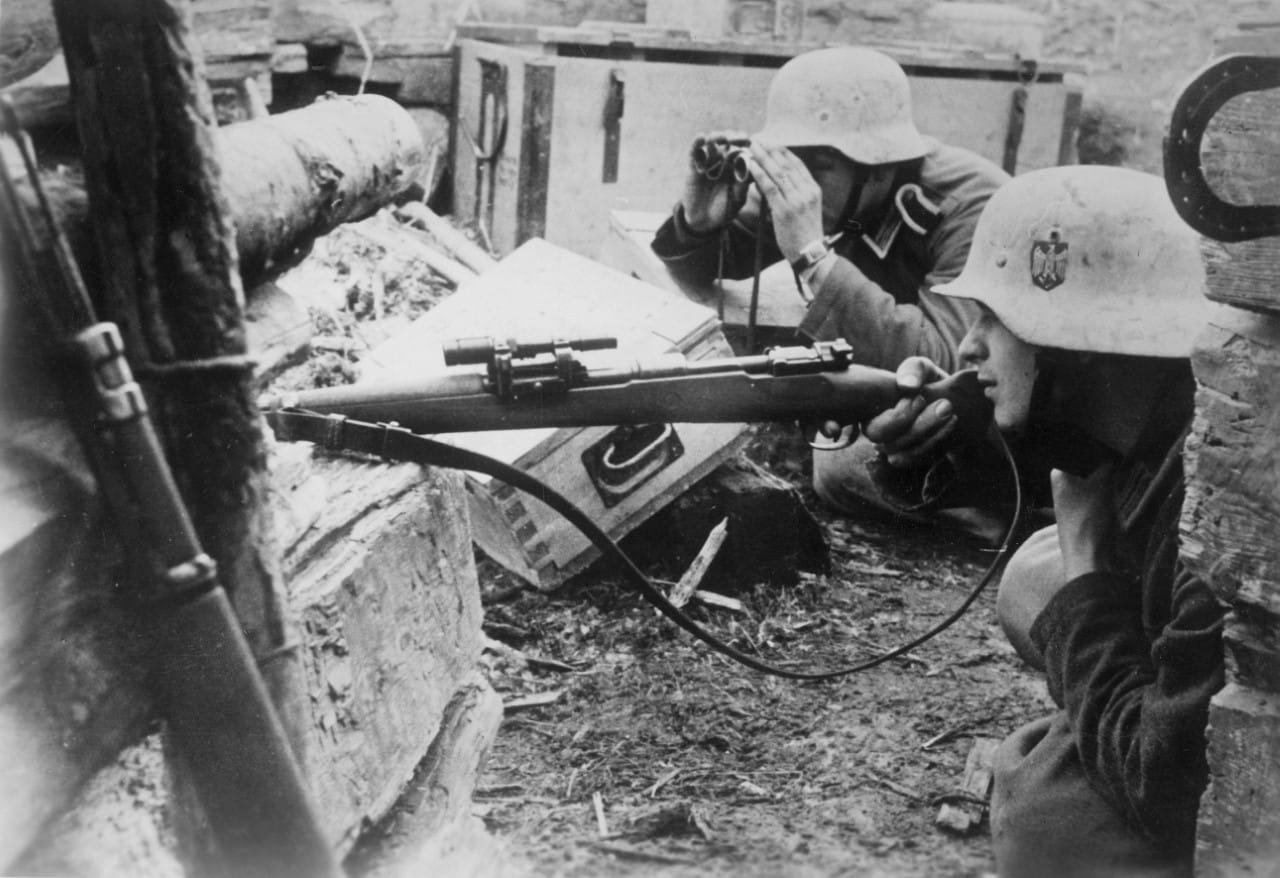
Nowadays you can’t hang with the cool kids at the local range if you don’t have something electronic and sparkly mounted atop your favorite defensive firearm. Advances in modern microelectronics have coaxed truly unprecedented capabilities out of modern tactical weapons. This contemporary enthusiasm for close combat optics has some fascinating origins.
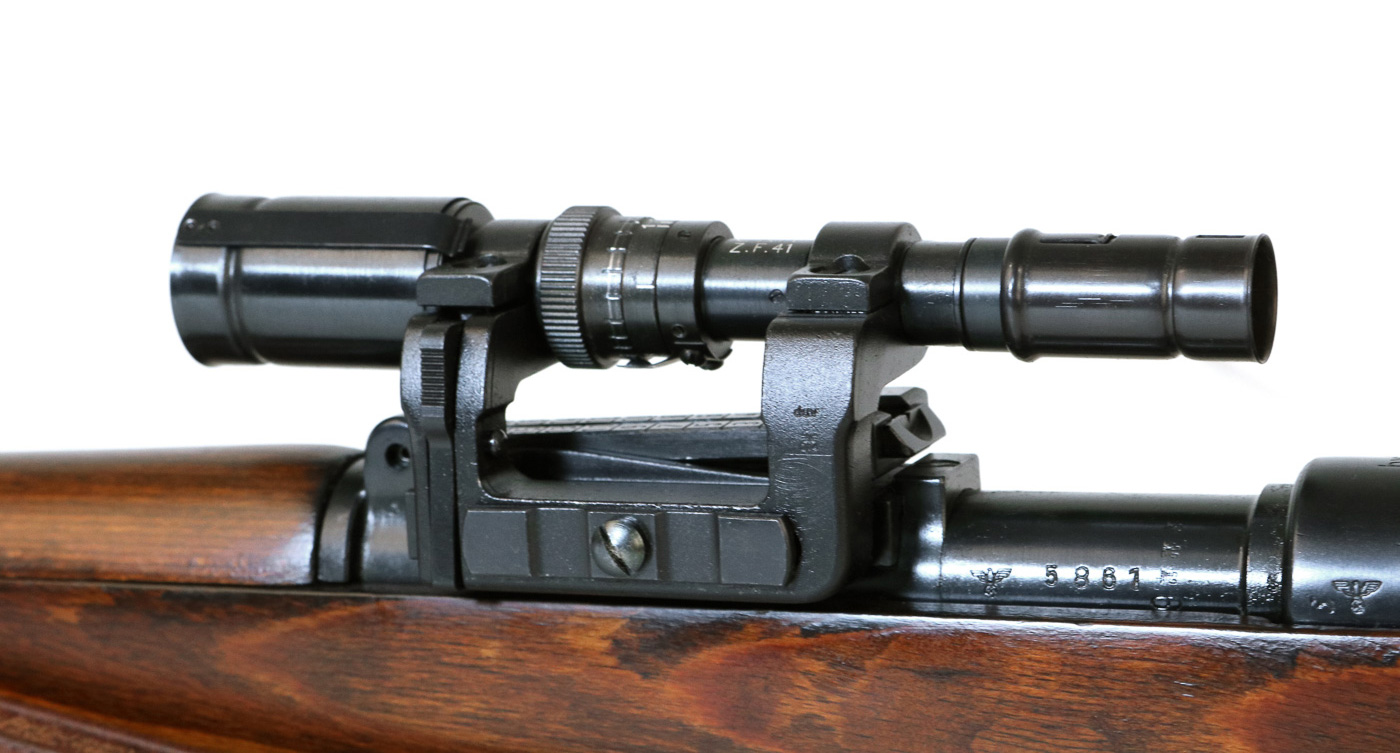
During World War II, the Germans fought first for world domination and later for their very lives. Such unimaginable institutional pressures produced some of the most innovative weapons the world has ever seen. Long-range ballistic missiles, the modern attack submarine, advanced tanks and assault rifles all had their genesis on the drawing boards of German wartime weapons designers. While many of these remarkable weapons did go on to revolutionize warfare, a few were abject failures.
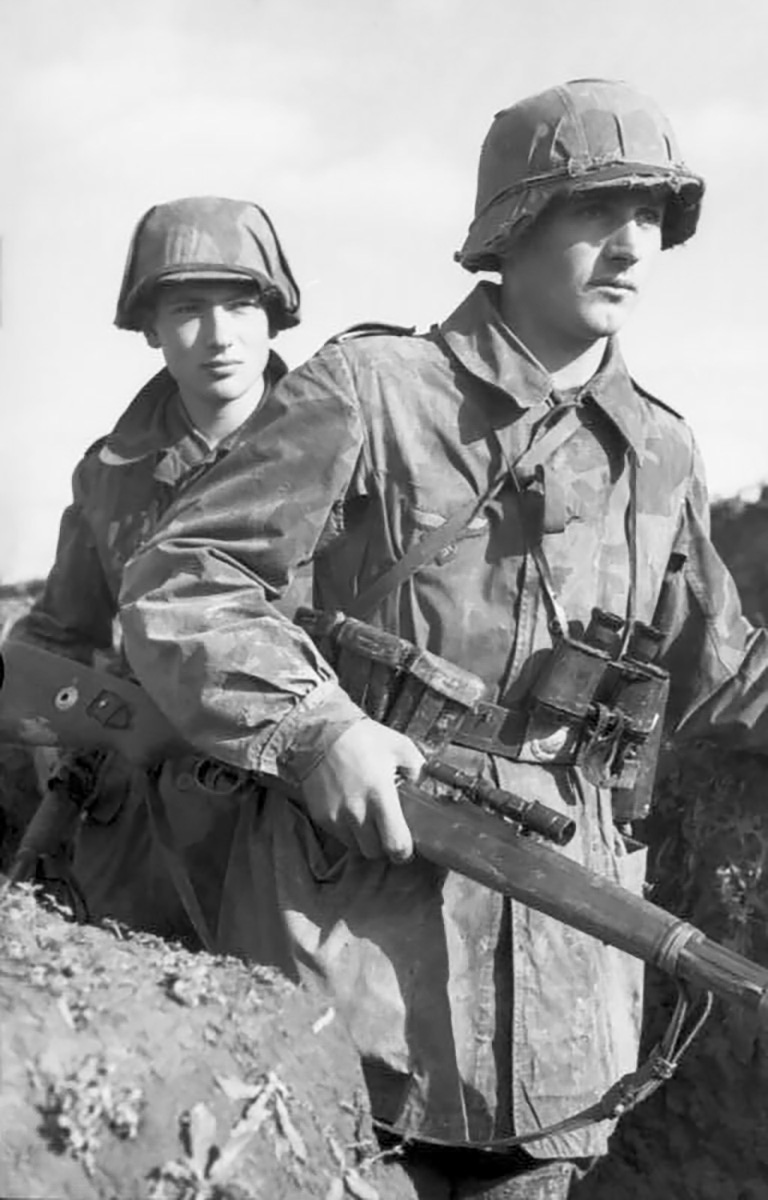
Today we discuss one of those failures. The Zielfernrohr Zf-41 long eye relief optical sight technically rode atop the G43, StG44, and FG42 combat rifles, though these mountings never made it past the prototype stage. The vast majority of operational Zf-41 sights ended up mounted on Kar98k bolt-action Infantry rifles.
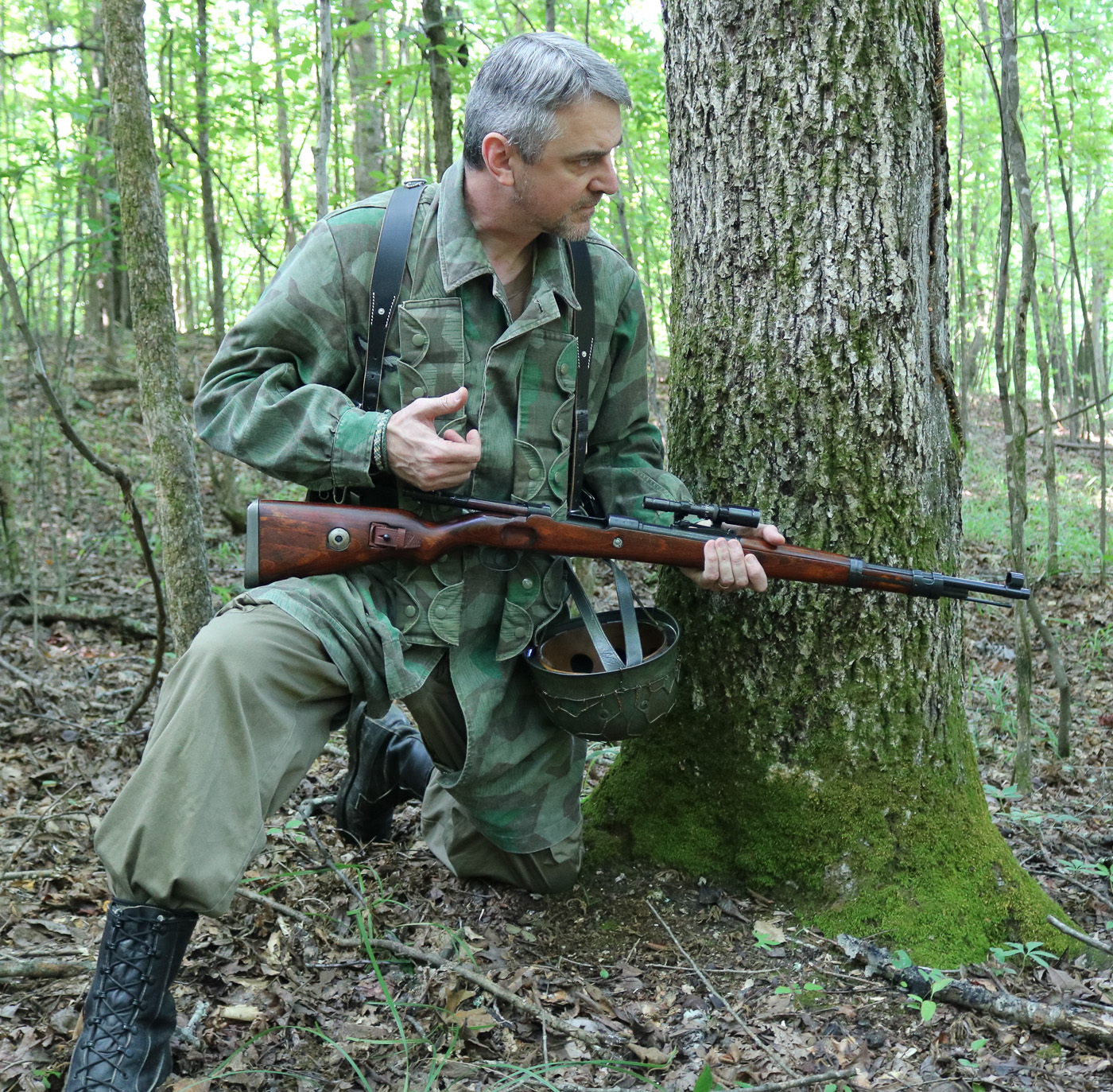
With a paltry 1.5X magnification, the Zf-41 was intended for rapid engagements. On the Kar98k the Zf-41 mounted to the rear sight base. In this configuration, the optic rode well forward and away from the shooter’s eye. This design technically allowed the shooter to keep better orientation with his peripheral vision without impeding operation of the host weapon. In practice, the Zf-41 just didn’t work very well.
The Host
The Kar98k had its roots in the 19th century Mauser 98 bolt-action rifle that served the Kaiser’s forces throughout World War 1. The original 98 Mauser fed via stripper clips into an integral five-round magazine and was a world-changing weapon in its day. By the Second World War, however, the 98 was flirting with obsolescence.
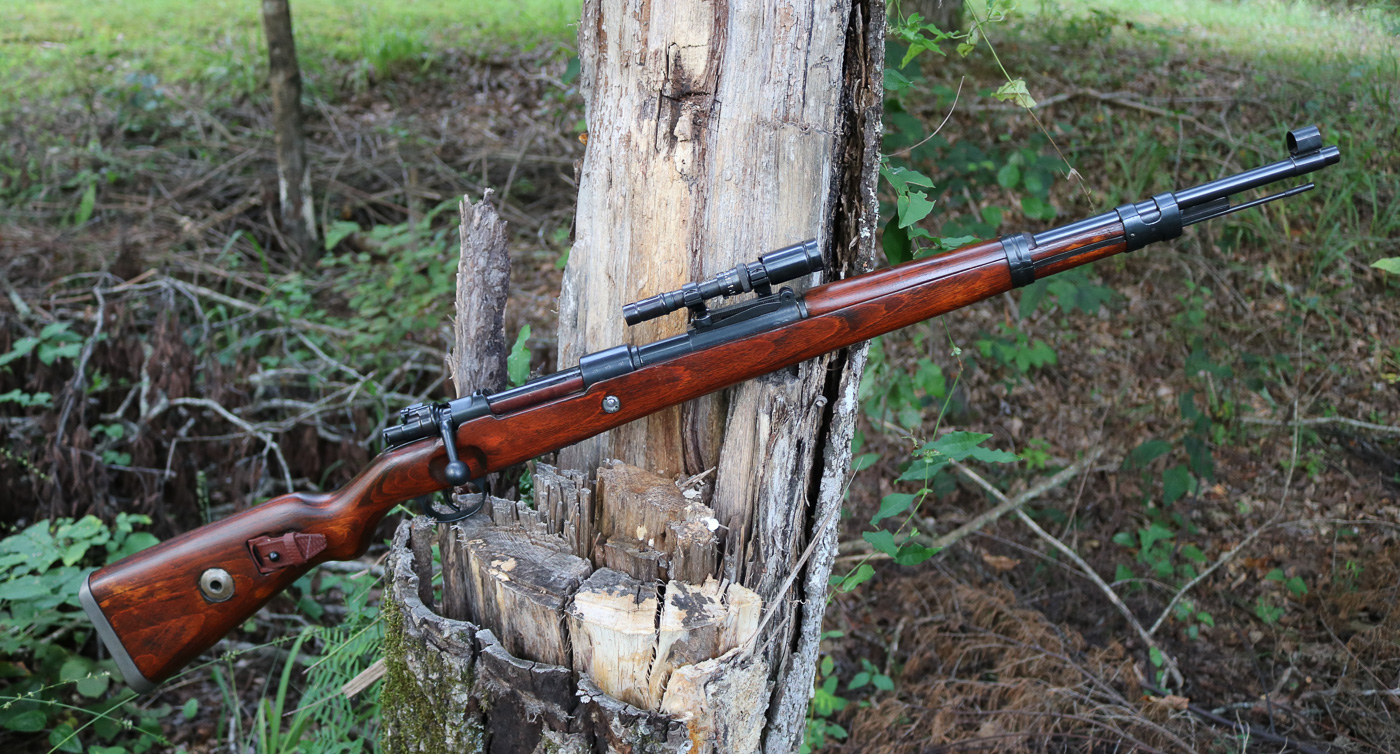
One of the biggest appeals to the Zf-41 optic was that it did not impede the feed system of the host Kar98k. Many wartime optical sights like those of the scoped Mosin Nagant and the M1D Garand sniper rifles encumbered loading these rifles from the top. As the Kar98k loads via stripper clips from above it was important that the optical sight not be mounted directly atop the action.
Zf-41 Particulars
The Zf-41 was indeed an exceptionally efficient design. Built predominantly from stamped steel pressings, the scope was cheap to make en masse and fairly simple to use. Zeroing the sight required special tools and an astronaut-grade skillset. However, actually using the optic was straightforward.
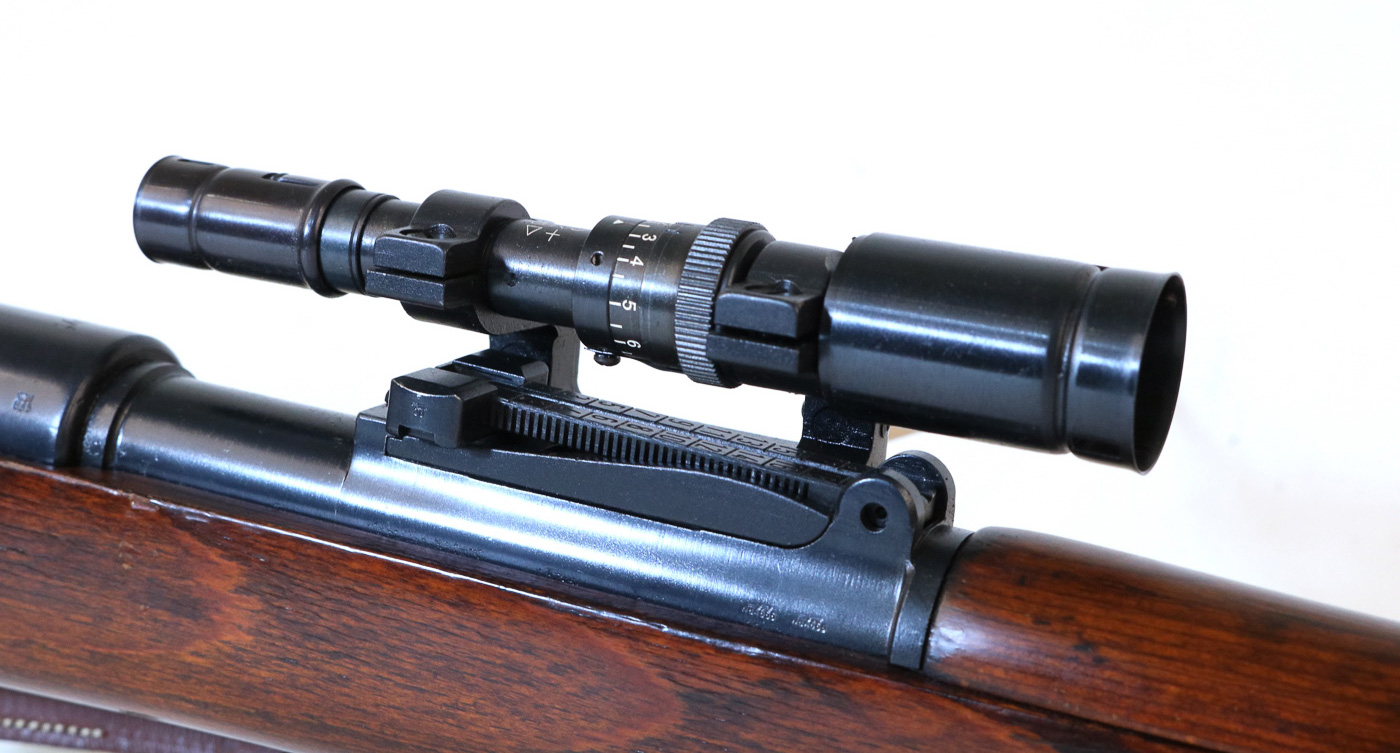
The reticle was the standard three-post design common to most German wartime optical sights. This configuration was fast in action without seeming unduly cluttered. The pointed bit on the bottom offered adequate precision at the kinds of ranges this rig covered. That’s the good stuff.
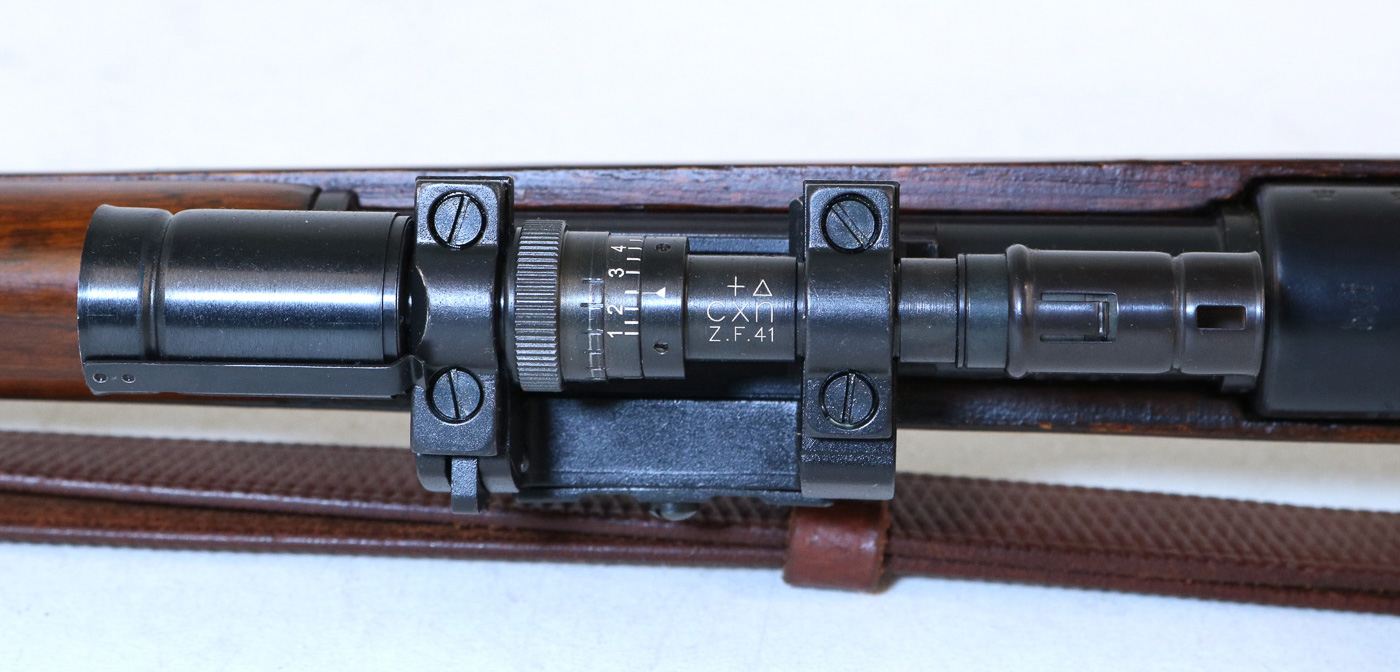
In actual practice, the Zf-41 tube was so small that the sight became difficult to acquire. You had to hunt a bit to find the reticle, and the scope hardware created a somewhat distracting sight picture. Regardless, the Zf-41 did have some cool bells and whistles.
The sight was mechanically adjustable out to 800 meters via a handy twist ring on the body, though the weak magnification made such ranges a bit impractical. When you turned through 800 meters and then back to zero, the reticle dropped down to start over again. That’s kind of neat.
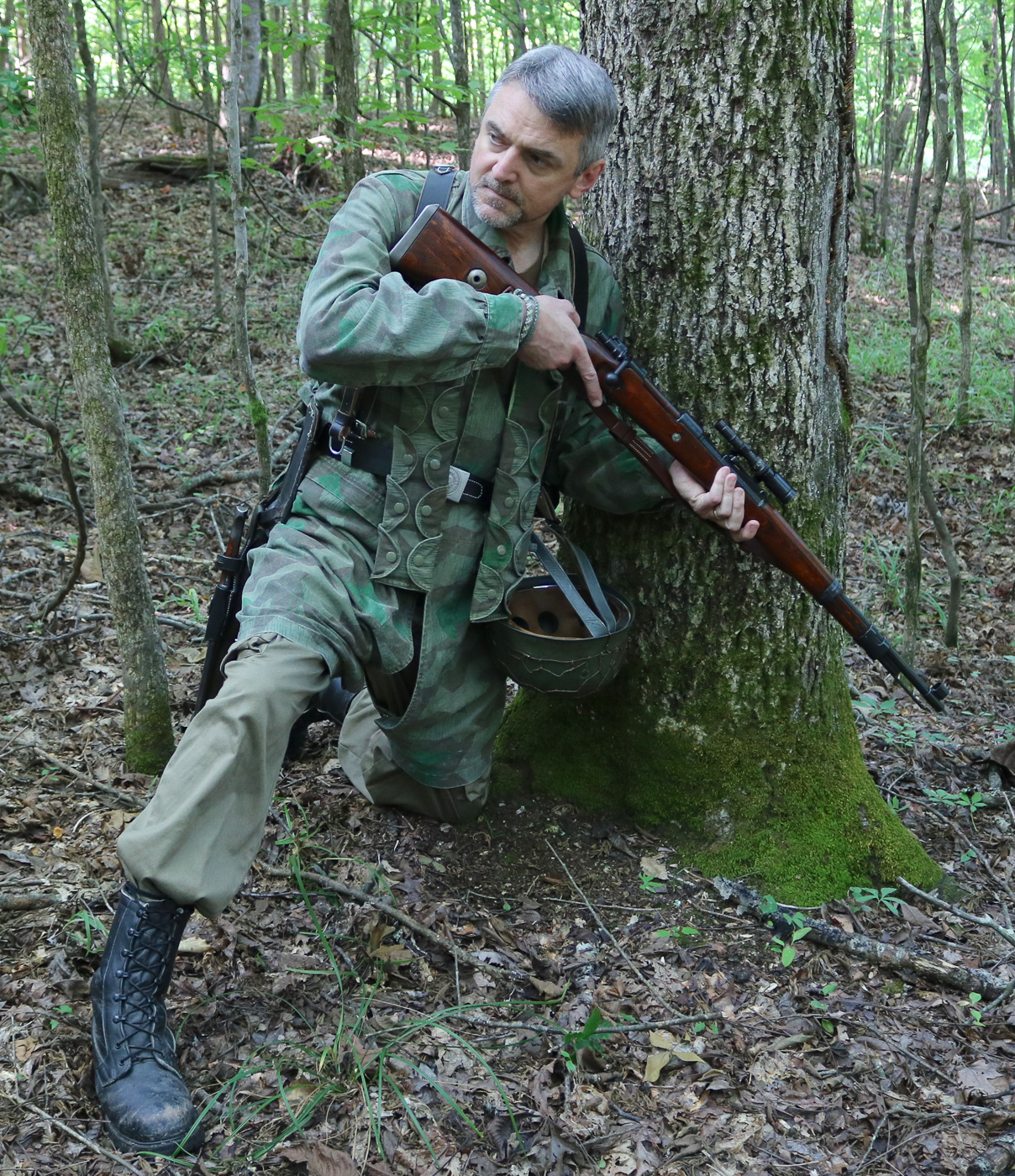
I was born with really good eyesight. It’s not so great anymore. However, I don’t know if I have ever been able to see well enough to use the 1.5X Zf-41 effectively at those kinds of long ranges.
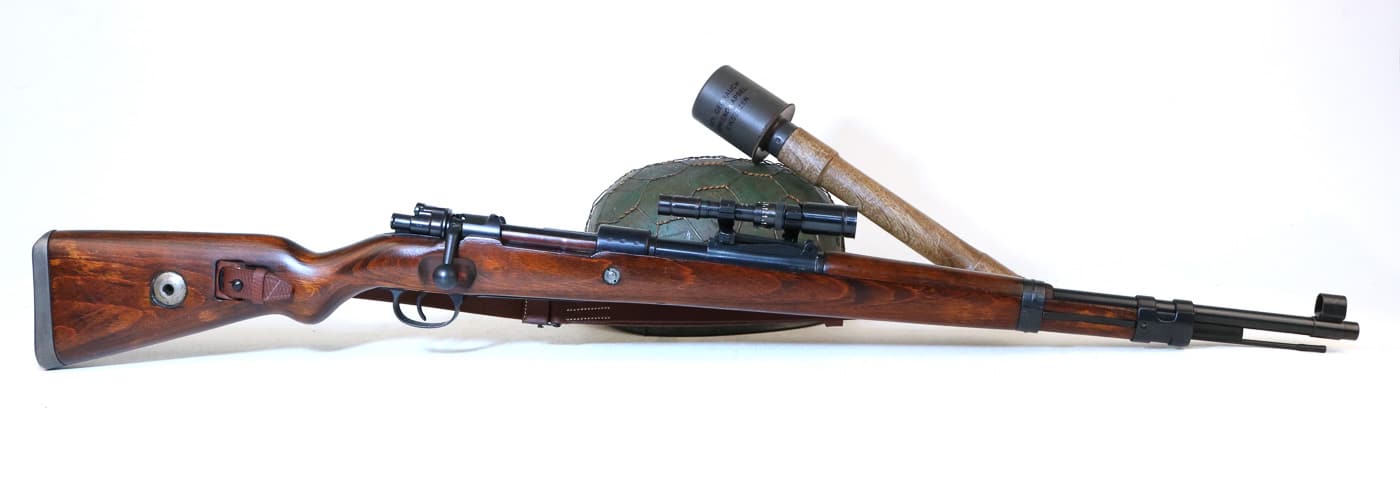
The scope body of the Zf-41 is not much bigger than the barrel of a Sharpie pen. This made the optic difficult to acquire, particularly in a rush or in dim light. As a result, the Zf-41 was not terribly popular with the German Landsers who were issued it.
Big Picture
The WWII-vintage Kar98k rifle seems hopelessly dated by modern standards, but the weapon still remained exceptionally lethal in trained hands. The full-sized 7.92x57mm round packed plenty of downrange horsepower, and the slick action and turned-down bolt handle offered a relatively vigorous rate of fire. The addition of the Zf-41 on a long eye relief mount reflected an effort at making this 19th-century weapon more agile and precise.
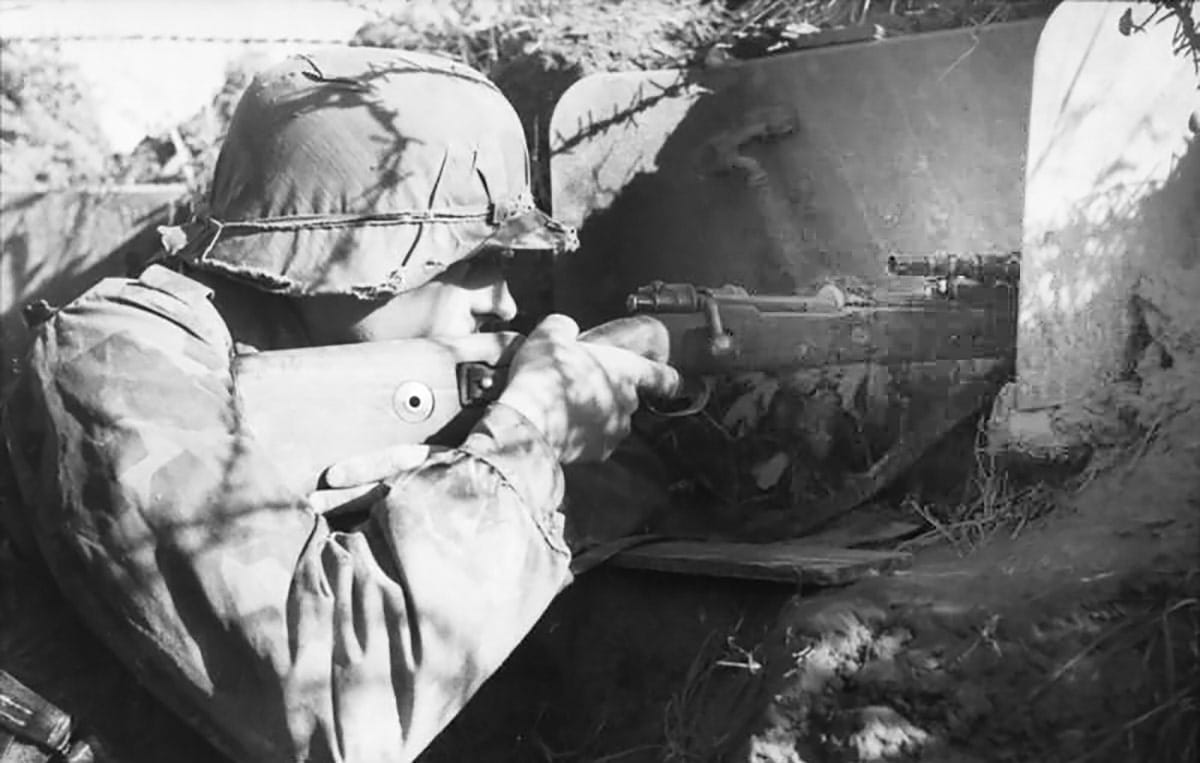
The Germans produced around 100,000 Zf-41 optical sights. The vast majority of these ended up on Kar98k rifles. This made the Zf-41 the most produced German optic of the war.
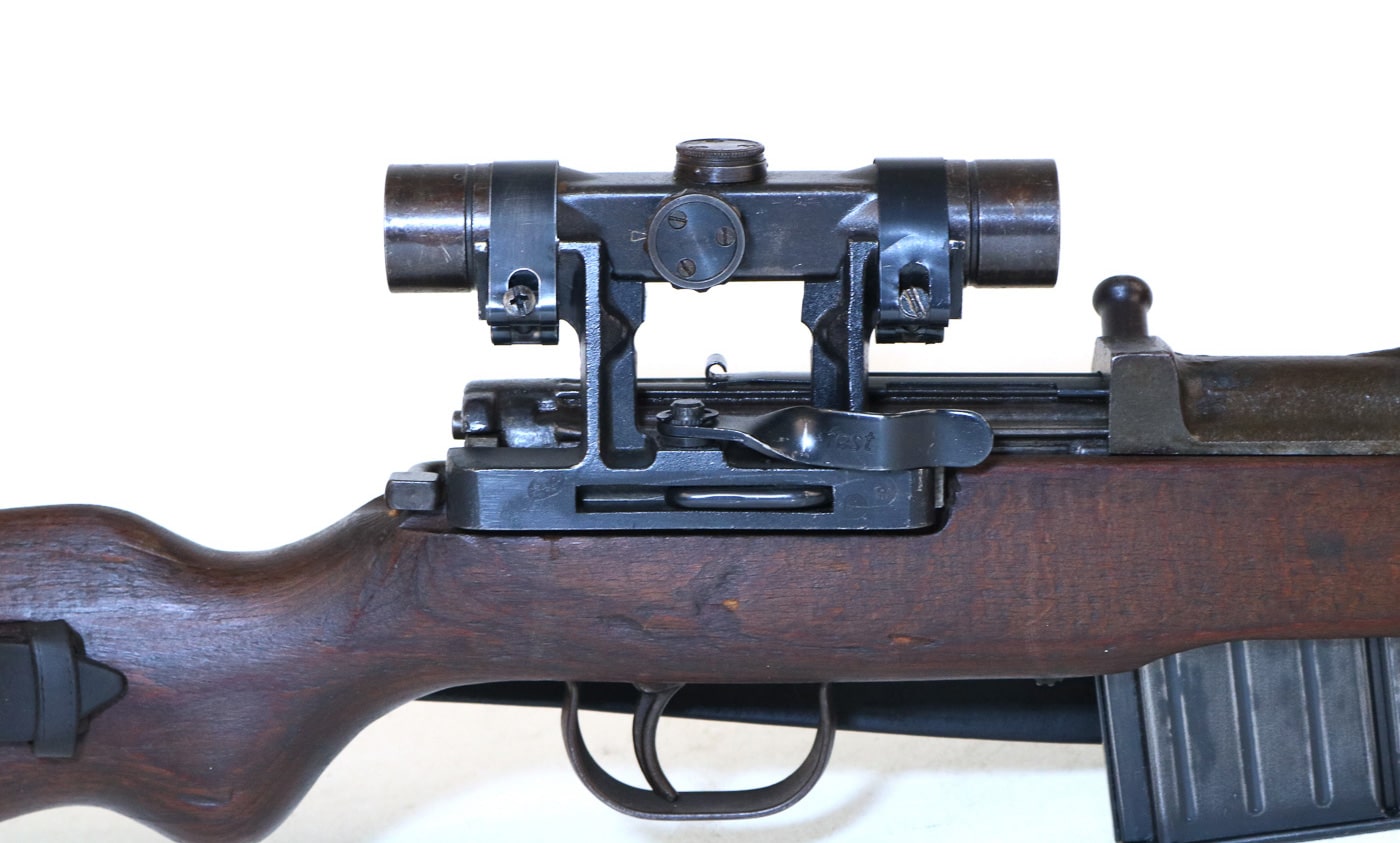
At the same time the Germans also produced the Zf-4. The Zf-4 featured a fixed 4x magnification and was actually quite effective. Like the Zf-41, the Zf-4 was also designed to be produced quickly and at a reasonable price. Zf-4’s were used on MP44 and FG42 rifles, but saw the most widespread service on the K43.
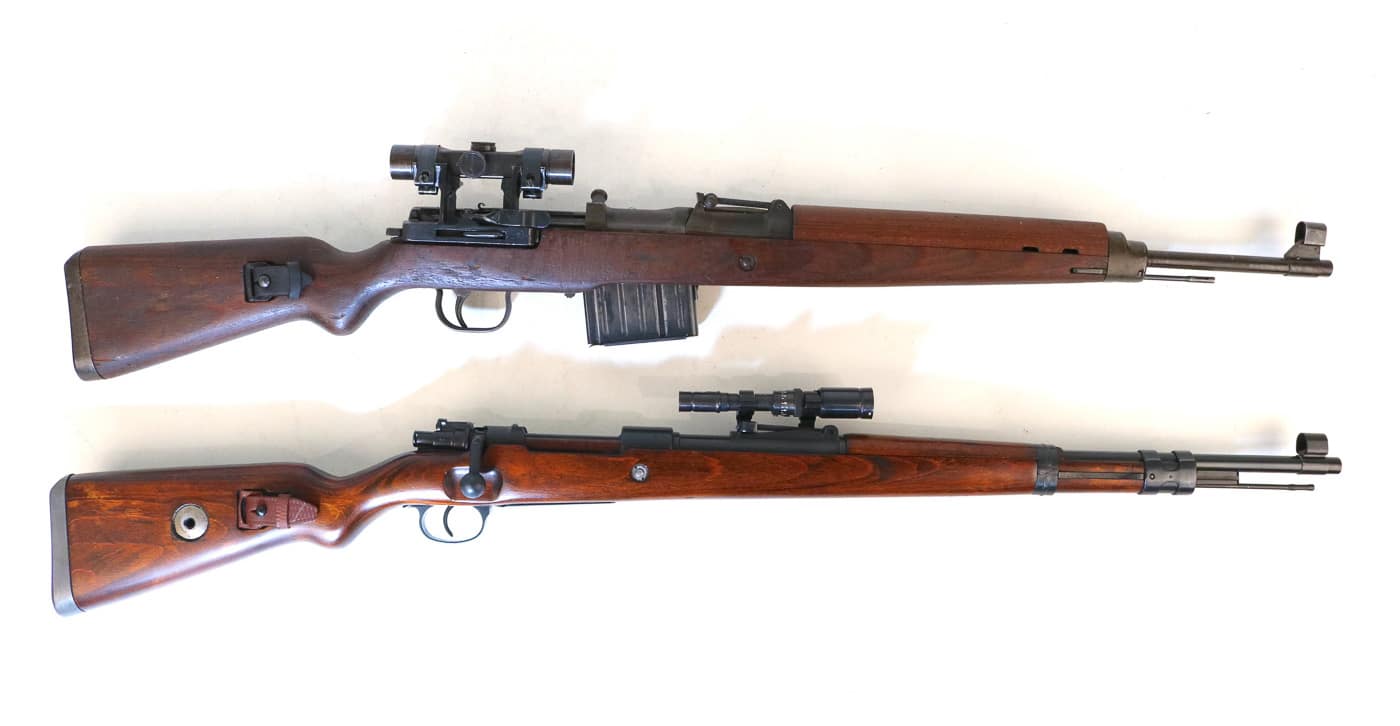
Scoped K43 semiautomatic rifles represented one of the most advanced designated marksman weapons of the war. Fairly cheap to produce and accurate enough for the task at hand. The scoped K43 exacted a fearsome butcher’s bill in the closing months of the war, particularly on the Eastern Front.
Ruminations
The Russians and the Germans enjoyed a certain collegiality prior to Operation Barbarossa wherein the Nazis attempted to grind them all into the dirt. During that peaceful time, the Soviets learned a great deal from their erstwhile Teutonic neighbors. One of those skills was how to grind quality optics.
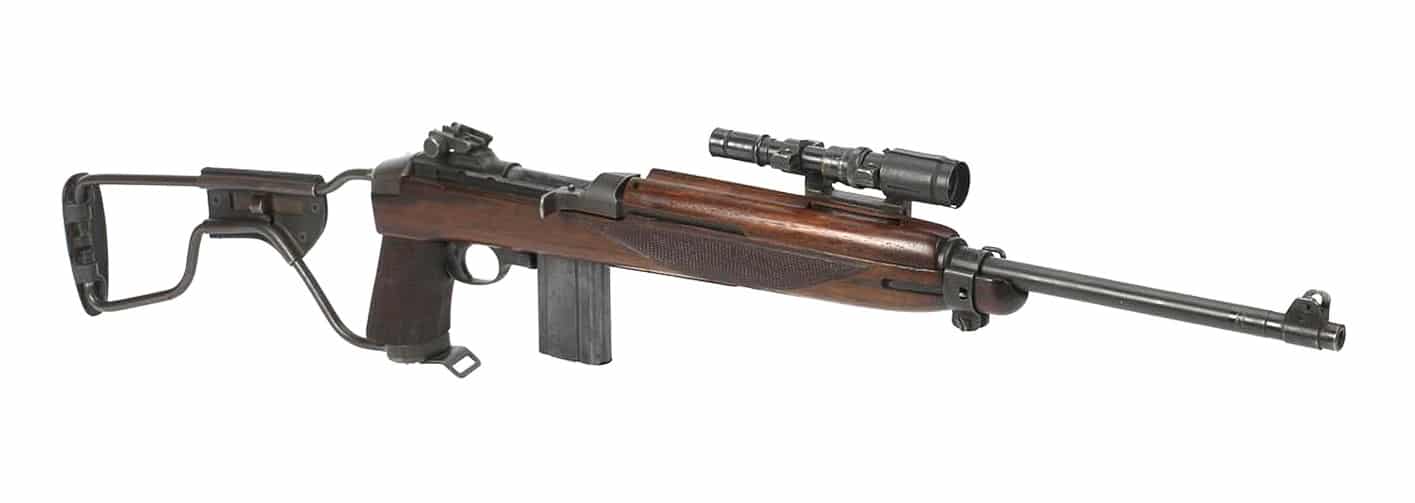
At the outset of the war the scoped Mosin Nagant sniper rifles used by the Russians were actually superior to anything used by the Wehrmacht. As a result, the Germans frequently used captured Mosin Nagant sniper rifles on the Eastern Front until German-made weapons began to appear in the necessary quantities with the requisite quality and performance.
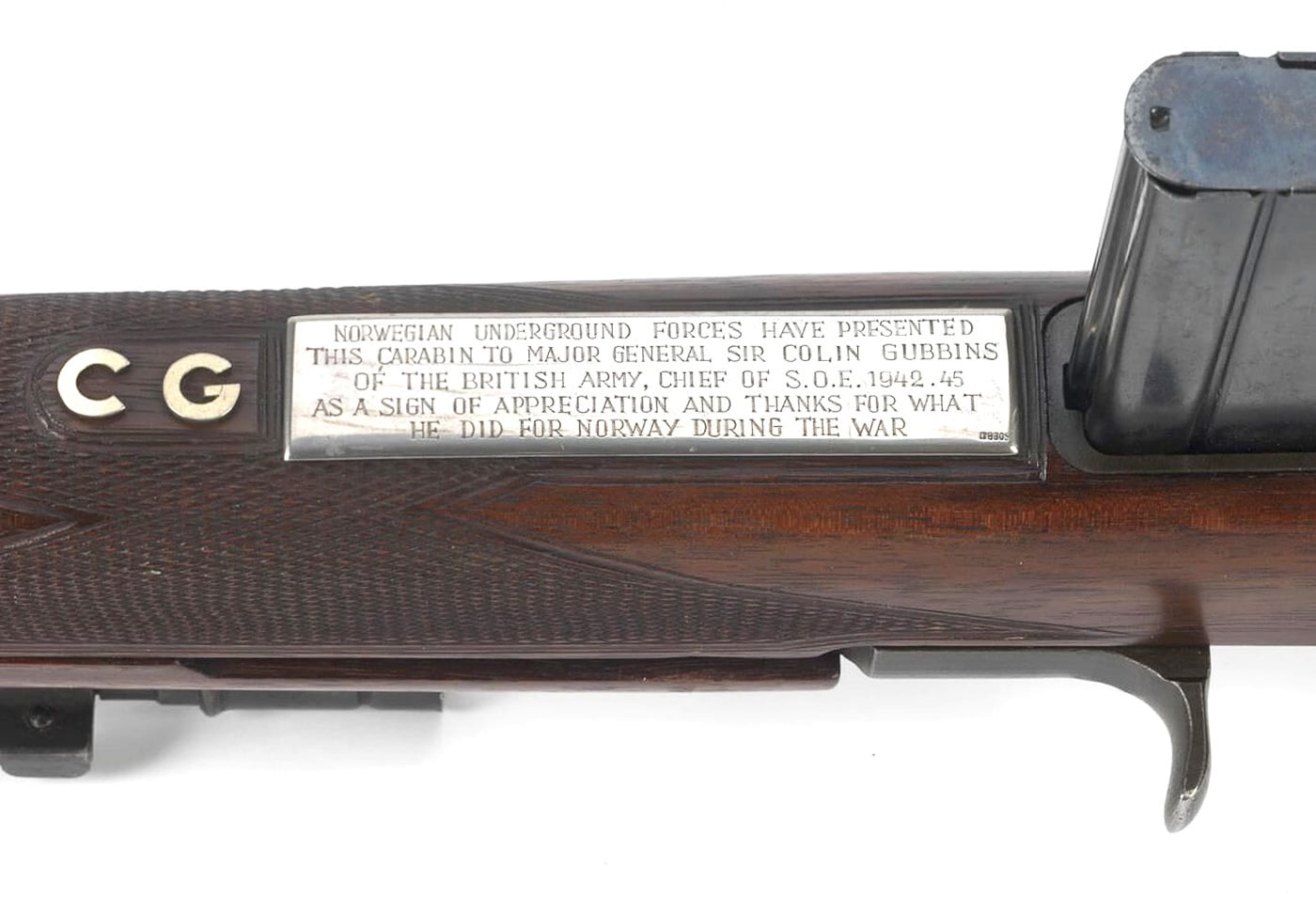
While the Zf-41 mounted on the Kar98k rifle was indeed a bit cumbersome, it laid the foundation for all of the high-speed close combat optics we use today. Nowadays long eye relief optics allow unprecedented situational awareness and rapidity of engagement with a minimal weight penalty. All of that started with the German Zf-41.
These days the Zf-41 is simply a novelty. My optic is a modern reproduction mounted on a very nice original Kar98k rifle. I found the combination for sale on GunBroker and was pleased to get it. Original optics are most all fairly clouded these days. The Zf-41 is, however, a critical stepping stone on the path leading to the state of the art optical sights we all use in the Information Age.
Special thanks to www.worldwarsupply.com for the replica gear used to outfit our Fallschirmjager.
Editor’s Note: Please be sure to check out The Armory Life Forum, where you can comment about our daily articles, as well as just talk guns and gear. Click the “Go To Forum Thread” link below to jump in and discuss this article and much more!
Join the Discussion
Featured in this article
Continue Reading
Did you enjoy this article?

 264
264







